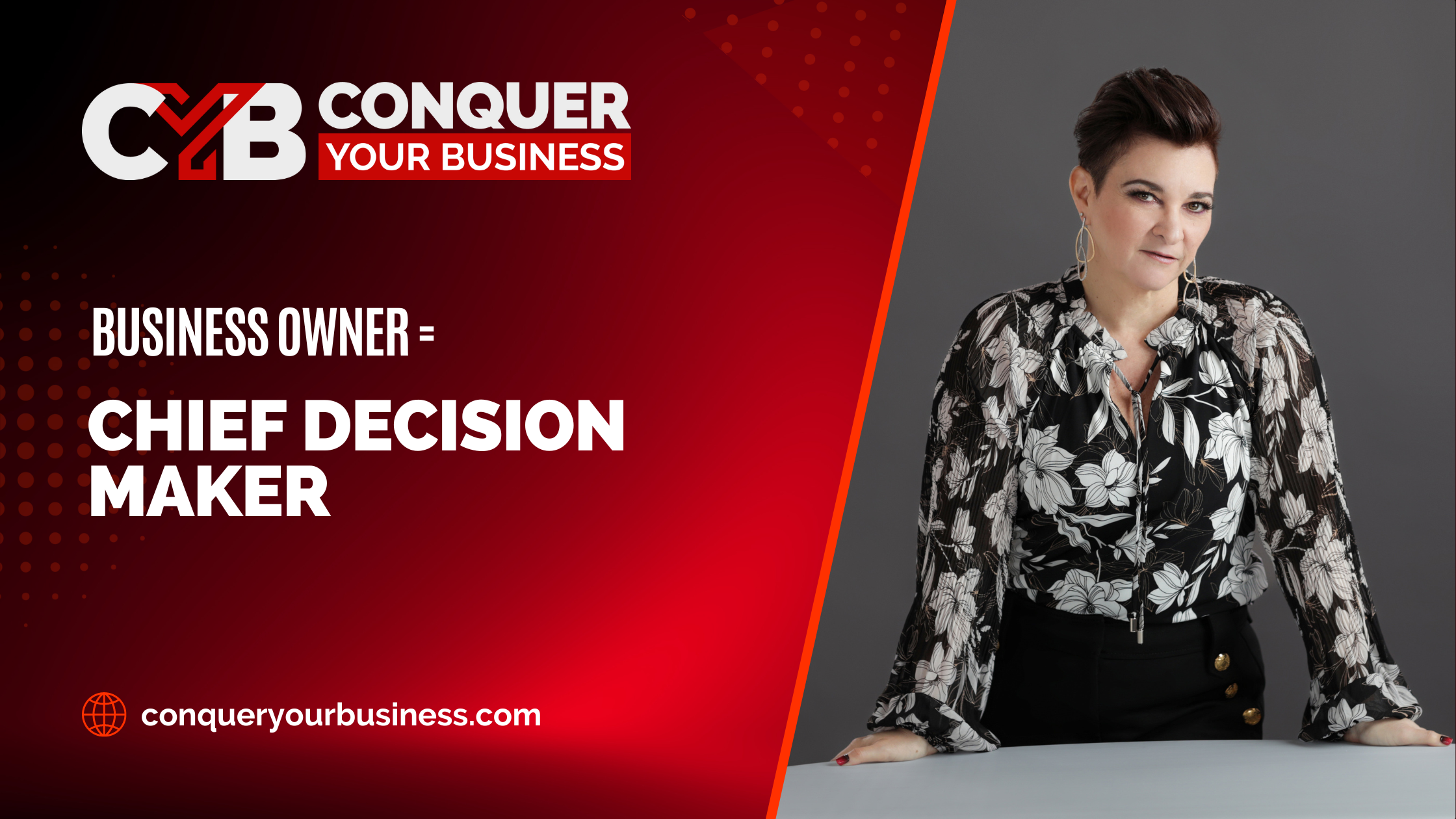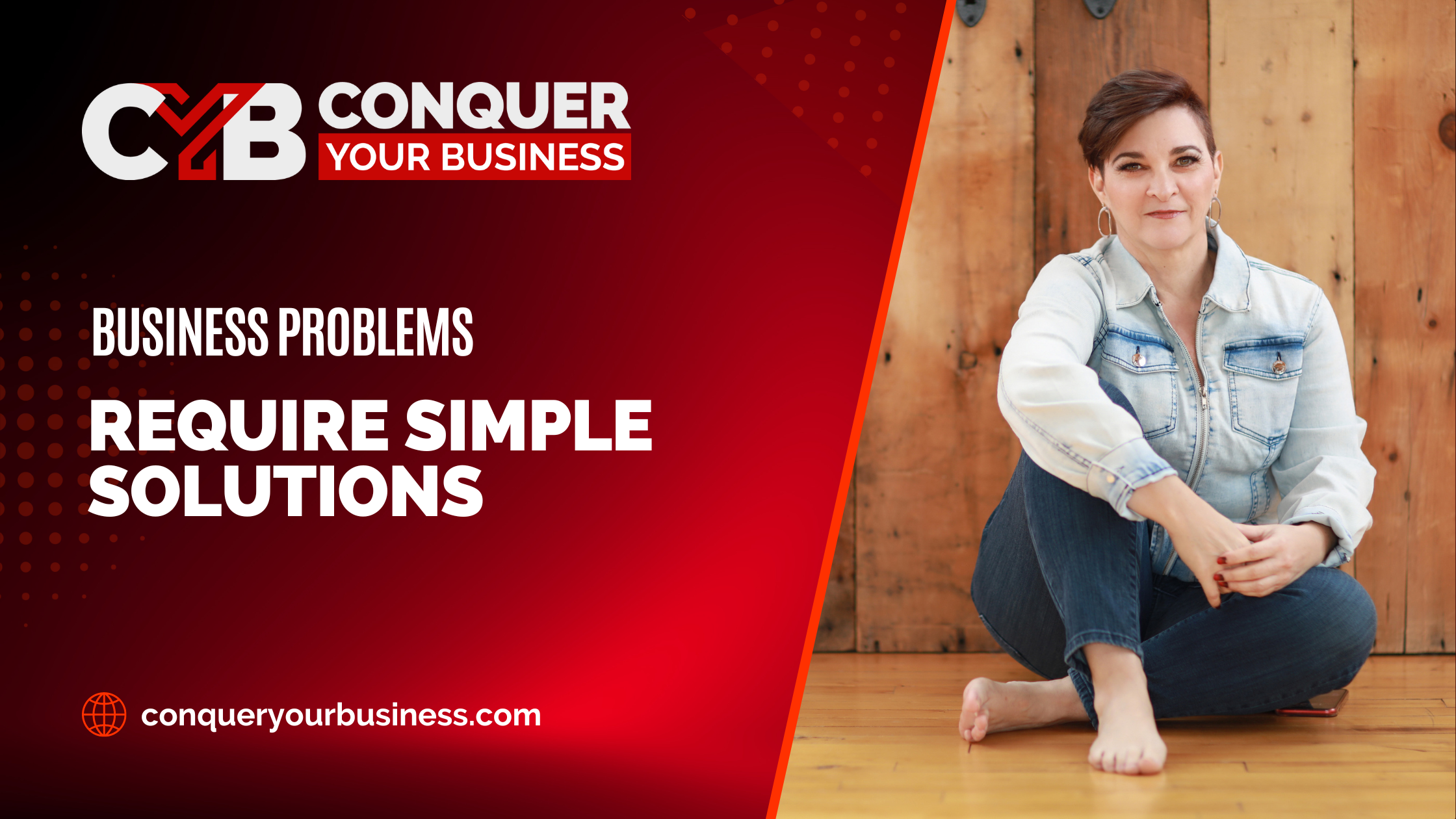We often talk about the fact that you started your business because you wanted to do the thing that you do to solve your client’s problems. But you also started your business because you had the instinct that it could be a viable business and not just a hobby. And even though things get hard sometimes, odds are you still have some great gut instincts for your business.
We have good gut instincts about what we can do to help our clients, what we are good at, what it is that they want, and what we really should be doing for them. We also have good instincts about how to find them, and what they might purchase. But over and over again, our feelings will lie to us, and as a result, we pull back our efforts because of those feelings instead of following our gut instincts, or our intuition. Fortunately there are ways to improve making strategic decisions for your business.
Your Feelings Override Your Instinct When You Don’t Even Realize It
Sometimes we hold back out of fear even when we are not aware that we are doing it. You might make a smaller offer than what your clients actually need because you have a limiting belief that keeps you from wanting to ask for more money.
For example, the first business that I owned was a senior relocation and estate liquidation company. We helped families with aging parents get through the entire downsizing process to get their house ready for the market and ready for the closing. These are huge jobs for anyone, particularly the elderly. Not only is it a logistical challenge, it is also a very emotional time of downsizing and leaving a home that is full of memories.
I knew that this was a huge project for families. There is a huge array of services needed, from professional organization to managing the move, to having an estate sale, and cleaning out the rest of the house. There are 8 million things that have to happen when you’ve been living in your house for 50 years. But in the beginning, I was too scared to tell my client how much it was going to cost upfront, so I would present it as, “Let’s get started with XYZ and then we will discuss the next steps.”
I knew what the steps were and I knew how expensive they were, but I didn’t want to lose the client when they found out how much it would cost, so I would avoid that part of the conversation. In the end, though, I ended up costing them more money because the job we were doing wasn’t as efficient as it could be, and it took a lot longer because I lost the opportunity to plan it all for them in advance.
My gut was right, in that I knew what had to happen to make their move easy and successful. However, my feelings were lying to me, telling me that I wouldn’t get the client if I told them everything up front. It was fear and scarcity holding me back, and ultimately not serving my client as well as I could have if I had just followed my instinct (and been a little braver.)
Another way that your feelings override your gut instinct is during sales conversations. We have been talking a lot about how difficult it has been to do business lately. If you are in a sales rut, your gut knows that you need to change something to get more sales. But your feelings – which are often driven by fear, limiting beliefs, and all of the noise on social media that makes it feel as though the world is coming to an end – have you thinking that the only option is to lower your prices.
Your feelings tell you that you are too expensive for your target audience, so the solution is to lower your prices. And in some instances, having a lower priced offer is a good arrow in your quiver. But it’s not automatically the right idea to solve the challenge of being in a sales rut. The right answer might be to look in other places for your target audience, or to even add a higher-priced offer that adds more value to your client instead of less.
How to Make The Right Strategy Based Decisions
So how do you make sure you are making the right strategy-based decisions in your business?
This is the perfect example of working at the intersection of what you need to do and who you need to be to do it that I wrote about in the blog Four Traits of Successful Business Owners. In order to make strategy based decisions, you have to approach your decision from both sides: what you need to do, and who you need to be to do it.
Debrief on everything
Debriefing on everything keeps you focused on facts and less driven by feelings. Marketing is all about testing. It’s a series of levers, and the only way you know which lever is not working is to try it, then debrief and analyze all of the touch points involved in your approach to find out what is going astray. The numerical results of your marketing will show you where any breakdowns are occurring.
For example, if you are running an online funnel, what do you need to measure and then debrief on to determine the success of the funnel? Did enough people see the post? Did enough of the people who saw the post click through it to take the next step? Did enough of those people who took that next step then go on to make a purchase? There are many different levers that we can see where the numbers are not meeting the benchmarks, so that we know where we are going wrong and can adjust the next time.
Where is the intersection between your client’s most important problem and the problem your business solves?
The next step in preventing your feelings from overruling your gut is to ask yourself where is the intersection between the biggest problem your ideal client is facing and what you are able to solve. If what you are doing for people doesn’t solve one of their immediate needs, then why should they buy it?
This doesn’t mean you have to be in a business that only solves giant problems. It just means that you have to connect the dots for your client as to how your offer or solution plays a role in their lives or businesses.
For example, if you make jewelry, it might not sound like you are solving huge, important problems. However, jewelry is an important gift item, which means that you are solving the problems of people who are looking for a thoughtful gift. Jewelry also brings happiness and joy to a lot of people, so you are helping them build their confidence. Personally, I love my big earrings. They are part of my persona, and part of my brand, and they are part of what makes me feel confident. So even if you think that you are solving emergency room level problems, you just have to connect the dots better for people, so that they know that you have the solution for their everyday dilemmas.
Who do you need to be to not succumb to negative feelings?
Who do you need to be, or what do you need to believe, in order to make yourself successful at these efforts and not succumb to the feelings that lie to you? How do you avoid the imposter syndrome and the scarcity mindset? Where are you tied to your process instead of wanting to provide solutions? And finally, where are you holding onto something so tightly that you are not seeing the opportunities in front of you, so that you are being held back instead of propelled forward?
Go back to the idea of the debriefing. Are you expecting success, and taking all of the actions but not really expecting them to work? Where are your own beliefs and challenges limiting your success? Solving mindset problems is similar to solving business problems. What do you want? Where are you currently? And what do you need to do to get you from where you are to where you want to be? After you have the answers to these questions, then you just go to work.




